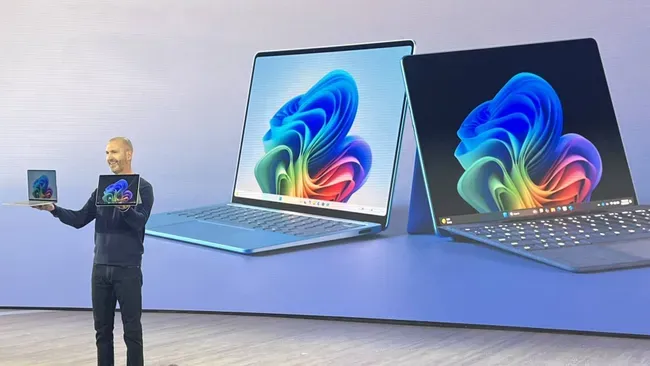Relevant quote regarding Snapdragon X
“As this was the first full quarter of shipments for Snapdragon X Series PCs, we saw sequential growth of around 180% compared to Q2 2024. However, as a proportion of the total Windows market, the products remain very niche, at less than 1.5% share. The top shipping vendor was Microsoft, which has transitioned most of their Surface line to the platform. Behind them was Dell who has embraced the new platform quite strongly in terms of SKU count, followed by HP, Lenovo, Acer and Asus (all four with similar volumes).”



Power efficiency. Arm promises the same performance at lower temps and wattage than x86 at competitive price points. That’s a really attractive proposition for the laptop market. x86 can be as small format, as power efficient, as cheap, or as powerful than ARM but not all at the same time.
That’s not true at all. It’s a common misconception but there’s nothing stopping x86 from also targeting a power efficient design. It’s all about architecture and not the instruction set. There just hasn’t been an incentive for Intel and AMD to focus their architectures on power efficiency since they make much more money in the server space. Lunar Lake is Intel’s first real attempt at it.
The Z1 Extreme has already shown very comparable and sometimes better performance and power efficiency as the M2 chips and the Lunar Lake chips trade blows with the X Elite not just in performance but also power draw.
If you wanna know more, this goes very in depth on what the differences are: https://chipsandcheese.com/p/why-x86-doesnt-need-to-die
I agree it is not because they can’t but because they didn’t want to. But the truth is they haven’t. Current offers match exactly what I have described in my comment. Intel and AMD have been sleeping on their laurels and ARM is coming for their lunch unless they move quick.
One of the reasons why it’s harder for x86 is because the instruction set is simply more complex. You either need a decoder to turn it into simpler instructions, or more hardware to handle the complex instructions, both of which increase the number of transitors, and therefore power draw until we create a room temp superconductor
Both RISC and CISC decode into micro-ops regardless. Read the article, it goes into detail, the diagrams make it pretty clear if you don’t want to read the whole article. Modern processors have no notable differences between RISC or CISC designs anymore in the way you described. The only thing RISC and CISC differs in is essentially just the interface that assemblers assemble code into. Which is different across ISAs anyways.